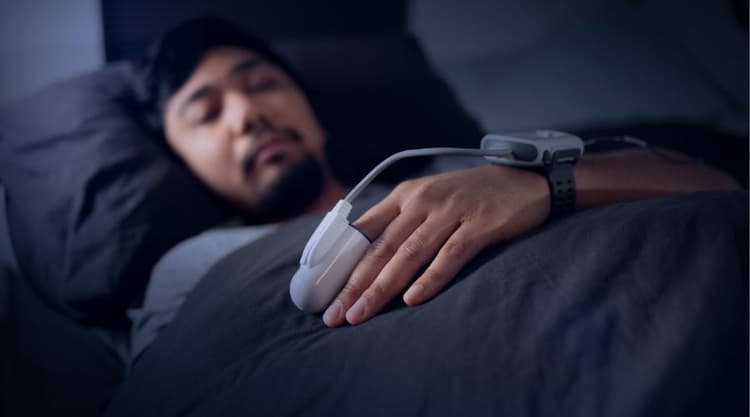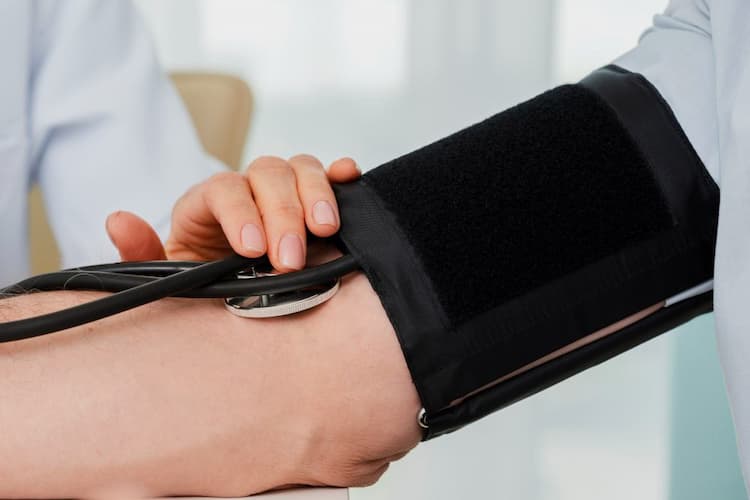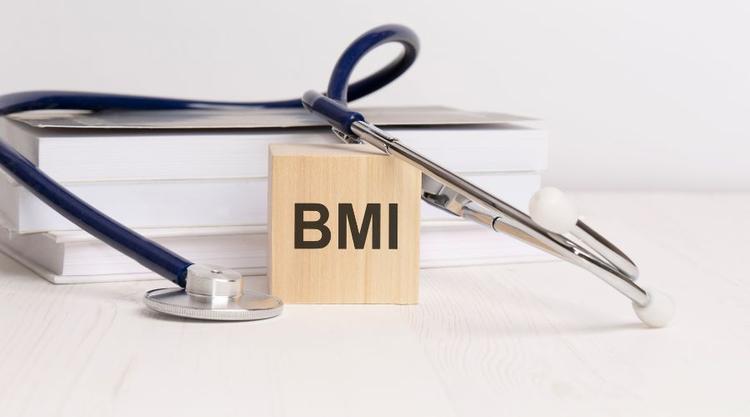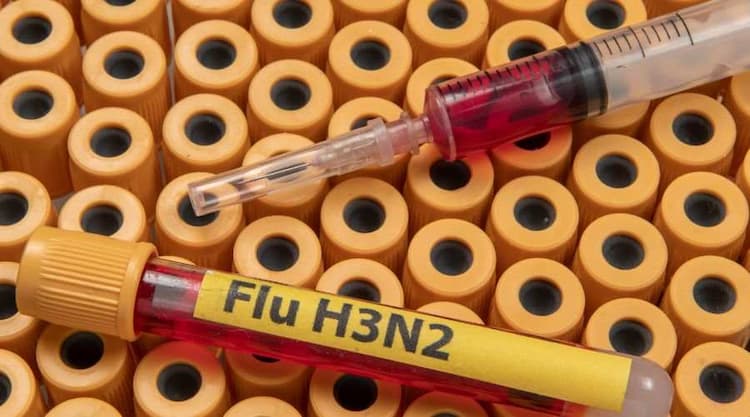WHO Dismisses 'hoax' That Monkeypox Linked To Homosexuality; 'Anyone Can Be At Risk'

Medically Reviewed By
Dr Divya Rohra
Written By Prekshi Garg
on Aug 4, 2022
Last Edit Made By Prekshi Garg
on Mar 16, 2024
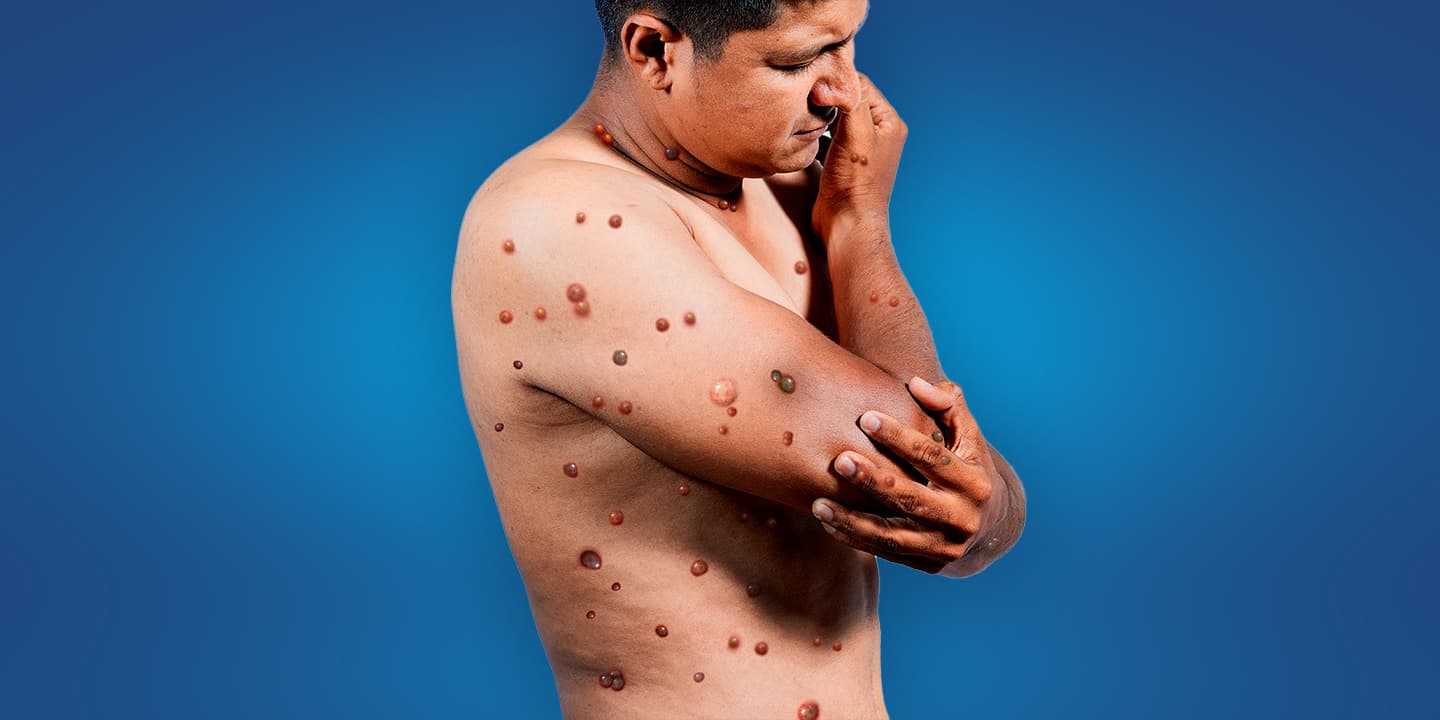
The ongoing outbreak of monkeypox, a zoonotic viral disease, was first identified in early May of 2022, when the first few clusters of the virus were reported in the UK. On 23 July, the World Health Organisation (WHO) declared the outbreak a Public Health Emergency of International Concern (PHEIC), raising the outbreak status to a global health emergency.
The monkeypox virus disease shows symptoms similar to smallpox- fever, headaches, muscle pain, swollen lymph nodes, respiratory issues, and rashes. With rising cases in nearly 75 countries across the globe and the monkeypox death rate, a lot of rumours and misinformation is spreading among people. One of them adamantly remains that sexual activities among the LGBTQ+ community, specifically homosexuals puts them at high risk of getting the monkeypox disease.
However, WHO on 1st August 2022 dismissed the hoax by clarifying that “anyone can get this disease” and is not limited to LGBTQ+ communities and homosexuals. “It is important to note that the risk of monkeypox is not limited to men who have sex with men," WHO clarified in a statement, cautioning against any homophobic acts and linking the disease to the LGBTQ+ communities.
"Anyone who has close contact with someone infectious is at risk," reiterated WHO. This article explores everything you need to know about the monkeypox virus disease outbreak, and more.
What are the early indications of a monkeypox virus outbreak?
The symptoms of monkeypox usually begin within the first three weeks of virus exposure. People exposed to the virus initially develop flu-like symptoms followed by rashes for at least after 1 to 4 days. The timeframe of the virus spreading/affecting contagiously can be anywhere from the time the symptoms are seen until the rashes have healed or all scabs have dropped off with a new skin formation. The monkeypox disease can last for nearly 2 to 4 weeks in a person and its indications are very similar to smallpox.
Here are some early symptoms that indicate the virus is radically spreading.
- When a person is having high fever, headache, muscle and back pain, followed by chills and fatigue.
- The initial indications include sore throat, nasal congestion, and persistent cough.
- Earlies rashes were limited to the limbs, chest, face, and mouth, but rashes in the intricate genital and anal regions can also be seen.
- The rashes that look like acne or pimples go through stages of scab growth and fall off.
- These rashes are severely painful and may or may not be accompanied by other symptoms.
- But people with monkeypox will have rashes.
If you have new or unexplained rashes or other indications as mentioned above, avoid close contact with anyone. Get yourself checked by a healthcare provider, wear a mask and follow appropriate WHO guidelines. An early check-up to rule out the monkeypox virus possibility can help further spread and penetrate society.
How does the monkeypox virus spread?
It is believed that the monkeypox virus can spread through person-to-person contact, infectious rashes, scabs, or body fluids. According to the Centres for Disease Control and Prevention (CDC), the monkeypox virus can propagate in the following ways.
- Having close skin-to-skin contact,
- Close contact with a person having rashes or scabs,
- Coming in direct contact with the body fluids of an infected person,
- Coming in contact with the respiratory secretions of an infected person,
- Touching or using objects, clothing, bedding, or surfaces touched or used by a person with monkeypox,
- Having intimate contact, as in sexual contact- including touching of private parts, hugging, massaging, and kissing.
- Prolonged face-to-face contact with an affected person,
- Spread of the virus by an affected pregnant woman to her foetus through the placenta.
- It is also possible to be infected with monkeypox from infected animals. Getting bitten or scratched by an infected animal or using meat and products from an infected animal.
However, researchers are still finding whether this virus can also spread when a person is asymptomatic and whether the monkeypox virus can spread through vaginal fluids, semen, urine, or faeces.
Monkeypox virus spread limited to gay men “A Hoax”, According to WHO
One of the most talked about risk factors of the monkeypox virus is the possibility of it being a “gay disease.” The hoax started when a few cases of monkeypox were reported among the LGBTQ+ communities, and the WHO’s “public health advisory” for the men who have intimate contact with men to be more vigilant stirred up the issue that gay men and homosexuals are at high risk of having it.
WHO and other countries' health authorities are working together to curb the spread of this public health emergency. WHO while spreading awareness among communities has set guidelines to help countries with surveillance, laboratory work, clinical treatment, infection control, and prevention.
Although gay men and homosexuals are also contracting this virus, the risk of getting monkeypox is not limited to LGBTQ+ communities. WHO dispelled the hoax while clarifying that anyone can get the monkeypox disease and spread it among communities. And the means and ways the virus spreads are defined through person-to-person contact.
Frequently Asked Questions
-
What Causes Monkeypox?
The exact cause of monkeypox is still unknown. However, According to the CDC, African rodents and non-human primates, including monkeys might harbour this virus and infect people who come in contact with them.
-
How can monkeypox spread?
The main pathway of contamination is through body fluids, physical contact with an infected person, and skin-to-skin contact with infected humans and animals.
-
Is monkeypox curable?
There is no defined treatment for monkeypox. However, since the monkeypox virus is genetically similar to the smallpox virus, the antiviral medications and vaccines that help treat and protect smallpox can treat and prevent monkeypox.
Conclusion
Monkeypox can indeed spread among people with close contact, but monkeypox is not restricted to any community. Any person who comes in contact with the monkeypox virus can spread the virus from the time the early signs, such as respiratory issues, fever, chills, rashes, and scabs, show up.
Ruling out the hoax about gay men or the LGBTQ community being the probable high-risk factors, WHO announced that “Anyone can be at risk to this contagious virus.” Person-to-person contact, sexual contact, and contact with infected animals or contaminated objects are the different mediums that can help spread the monkeypox virus.
Connect with your nearest healthcare professional if you are experiencing any of the early monkeypox signs or have come in contact with an infected person.
